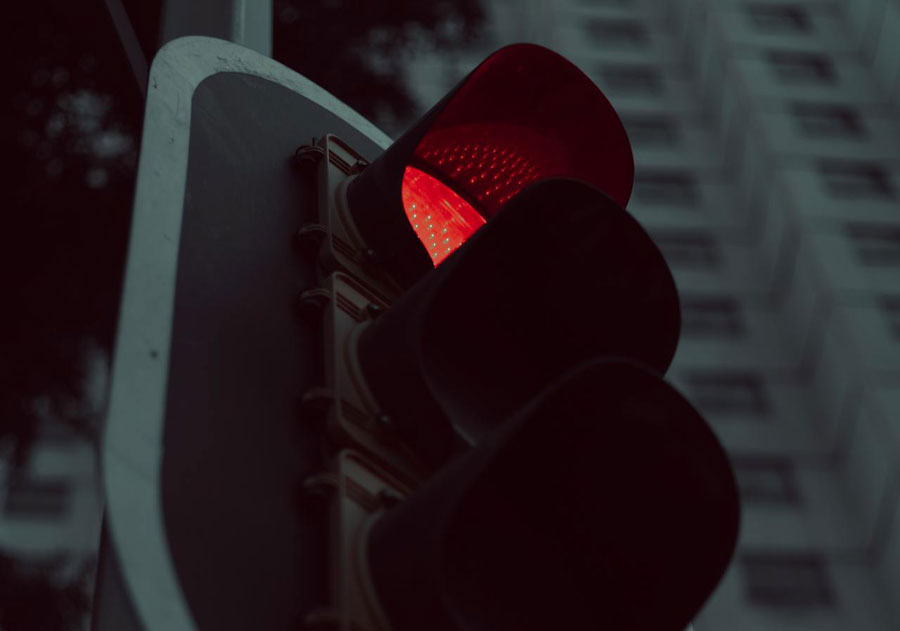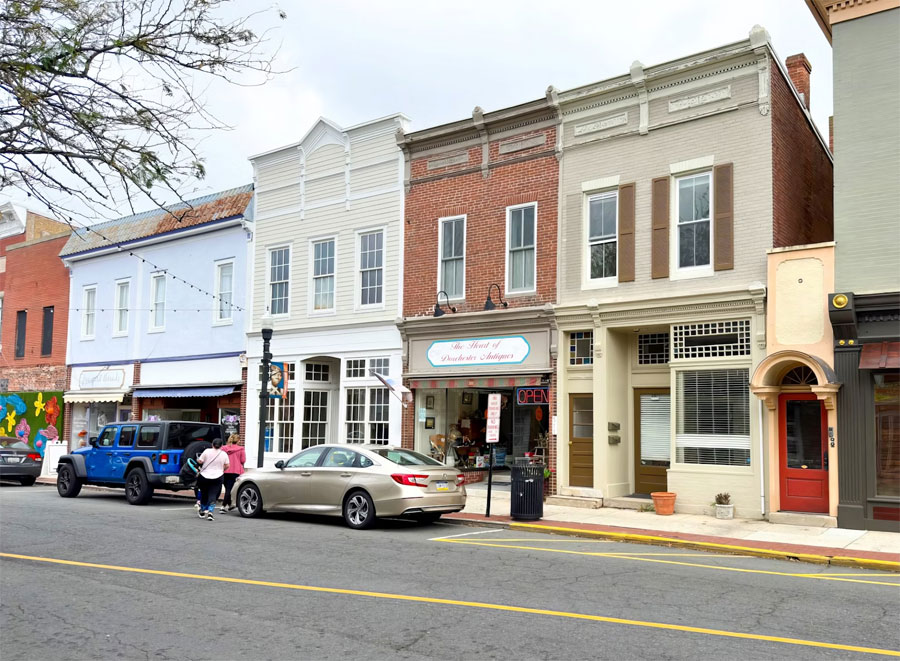Officially known as the Maryland Department of State Police (MDSP), the Maryland State Police (MSP) is responsible for statewide law enforcement in Maryland, United States. Established in 1921, the agency boasts a statewide jurisdiction where troopers can enforce state laws anywhere in Maryland, ultimately offering a unified law enforcement presence across its diverse landscape. The MSP also works with local law enforcement agencies, offering crucial support and specialized services such as cyber-investigation and fugitive tracking.
While highway patrol remains a core function, the MSP’s responsibilities encompass a much broader spectrum. These include promoting safe driving practices, tackling complex criminal cases, working collaboratively with federal and local agencies, and fostering strong relationships with residents through community policing initiatives. The agency also indulges in aerial support via helicopters for law enforcement operations and cutting-edge forensic science analysis services across Maryland.
If you have recently been pulled over by one of the MSP troopers for a traffic law violation and handed you a ticket, it is evident that you must clear the dues as soon as possible. And to help you with that, we have structured a neatly put-together guide that you can effortlessly follow.
What are the Steps to Pay Online
It should be known that the Maryland State Police (MSP) itself does not handle traffic fine payments. Instead, traffic citations issued by MSP troopers typically fall under the jurisdiction of the Maryland courts, which means the payment must be directed towards the courts, which is then channeled into the general fund of Maryland.
If you have received a traffic ticket from a MSP trooper, then ideally you should plead guilty and make the fine payment to the District Court of Maryland. Alternatively, you also have the option to not plead guilty and not pay the fine, following which you have to appear in court (the court date will be emailed to you). To make the payment online (and plead guilty), follow the below-mentioned steps judiciously.

- Begin the payment process by heading over to the official website.
- On the landing page, you will be provided with a set of terms and conditions that you are expected to go through. Once you have read the fine print, proceed to the next step.
- You will be required to enter your citation number and the citation last name, and then hit ‘Continue’.
- The online system will first retrieve the details of your traffic ticket and then showcase the same on your screen.
- Proceed to pay for the citation using your debit or credit card (a small convenience fee will be charged), and after successful payment, take a printout of the confirmation page for future reference.
Keep in mind that if your citation was issued in a Maryland SafeZone area, then you need to pay the traffic ticket through a different website. Ensure you have your citation number and payment details handy before proceeding.
Other Ways to Pay
Apart from settling your traffic ticket dues with the MSP online, you can also complete the payment via phone, mail, or in person.
To pay by telephone, you need to call the following number: (800) 492-2656. And for Maryland SafeZone citations, you can call 1-877-578-7440. An additional $2 processing fee will be charged.
When paying via mail, you can send your cheque or money order, payable to the ‘District Court of Maryland’ at the following address: Maryland District Court Traffic Processing System, PO Box 6676, Annapolis, MD 21401-0676. And for Maryland SafeZone tickets, you need to send the cheque or money order payable to ‘State of Maryland’ at the following address: Maryland SafeZones, PO Box 17648, Baltimore, MD 21297.
Lastly, if you want to pay in person, you can visit the associated Maryland District Court by first obtaining the location here.
Different Types of Offenses or Penalties

The state of Maryland in the United States categorizes traffic offenses into two main types, namely ‘payable’ (which involves minor offenses) and ‘must-appear’ (which involves serious offenses). Each category carries different penalties.
Starting with payable offenses – these are typically the most common traffic violations and do not involve jail time. You can easily plead guilt and pay a fine (online or via mail/phone) to resolve the issue. Such offenses include speeding (usually under 10 MPH over the limit), running a stop sign, improper turning (failing to use a turn signal), using broken headlights or taillights, and driving with an expired registration.
On the other hand, must-appear offenses are considered more serious violations and will require a court appearance. As a result, you may face jail time, license suspension, and even higher fines. Some examples include driving under influence (driving in an intoxicated state due to alcohol or narcotics), driving without a license or with a suspended/revoked license, reckless driving, involving in a hit-and-run incident, and driving without vehicle insurance.
Remember that penalties for must-appear offenses can also include required community service for a specific number of hours and increased insurance rates for your vehicle.

